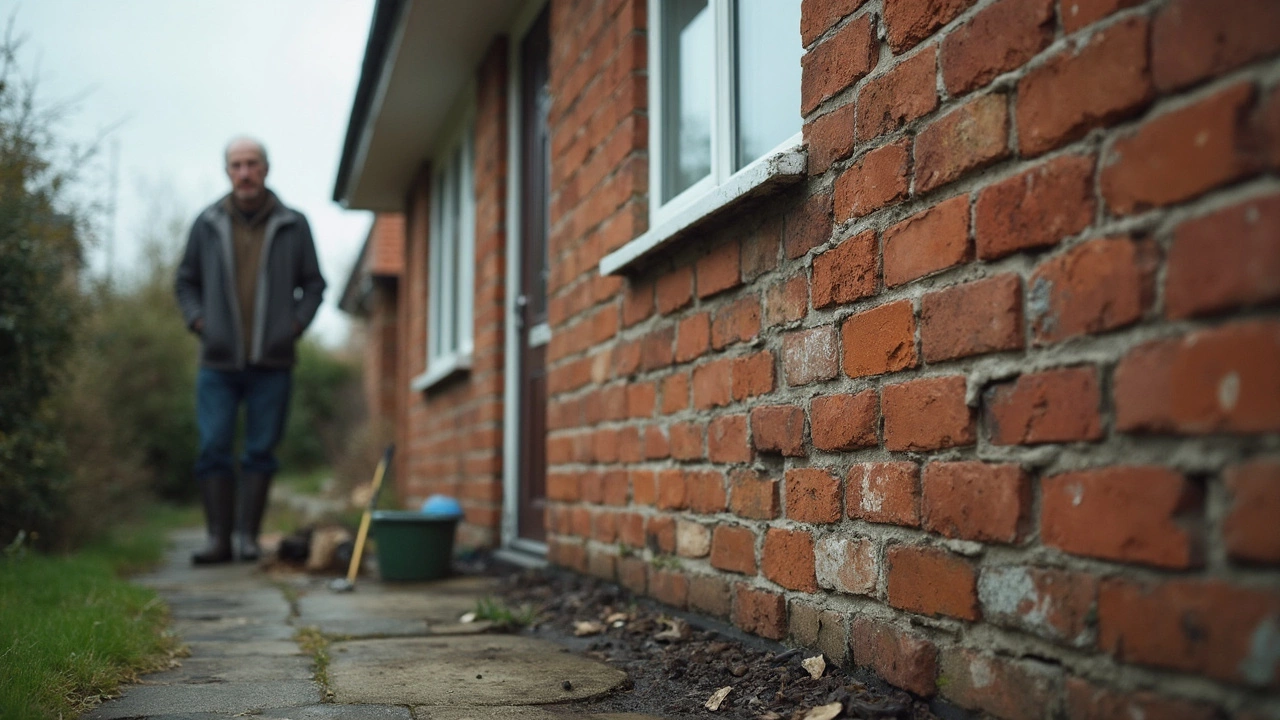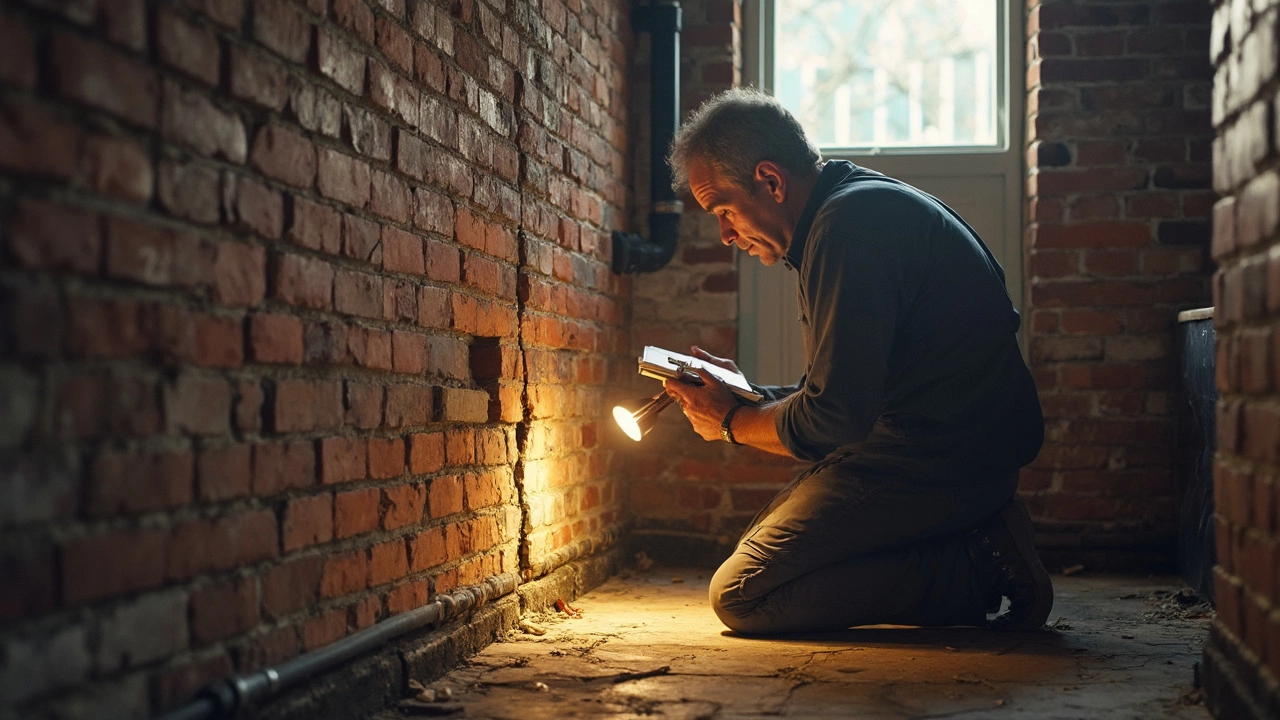DIY Foundation Fix – Repair Your Home’s Base Yourself
When tackling DIY foundation fix, the process of repairing or stabilizing a building's base without hiring a contractor. Also known as home foundation repair, it gives homeowners the power to stop costly damage before it spreads.
First, understand foundation settlement, the gradual sinking or shifting of a building's footings caused by soil movement, moisture changes, or load imbalances. Settlement shows up as cracks in walls, uneven floors, or doors that stick. Spotting these signs early lets you plan a fix instead of reacting to a major failure. DIY foundation fix works best when you know exactly where the movement is happening, because the repair method hinges on the type and location of the settlement.
Key Elements That Shape a Successful DIY Foundation Fix
One of the most critical pieces of the puzzle is moisture control, the practice of managing water infiltration and soil saturation around a building's perimeter. Excess moisture expands clay soils, pushes footings down, and accelerates cracks. Simple steps like grading the yard away from the house, installing proper gutters, and adding a drainage layer can dramatically reduce future settlement. When you combine moisture control with a solid repair plan, you create a stable environment that lets the foundation hold its shape.
Another pillar is concrete repair, the technique of filling, resurfacing, or reinforcing cracked or weakened concrete footings and walls. Depending on the severity, you might use epoxy injection for narrow cracks, hydraulic cement for larger gaps, or carbon fiber straps for structural reinforcement. Each method has its own strength, setting time, and cost, so picking the right one is essential. Concrete repair not only restores strength but also seals pathways that let water seep in, tying back to moisture control.
Before you start, a thorough foundation inspection is the bridge between spotting problems and applying the right fix. Walk the perimeter, measure floor level differences, and use a level to check wall plumb. Document every crack, noting width and direction; this data helps you decide whether a simple crack fill will suffice or if you need to underpin the footings. Inspection also reveals hidden issues like termite damage or buried debris that could undermine any repair you attempt.
Tools matter, too. A reputable concrete drill, a sturdy jack hammer, and a set of hydraulic jacks are the basics. For moisture control, you’ll need a proper grading rake, a well‑fitted French drain kit, and waterproof membrane rolls. Safety gear—gloves, goggles, and a respirator—protects you from dust and chemicals. When you have the right tools, the time spent on each task drops dramatically, letting you finish your project in days rather than weeks.
All of these pieces—settlement detection, moisture management, concrete repair techniques, and careful inspection—fit together like a puzzle. Together they form a roadmap that guides you from identifying the problem to sealing the fix. Below you’ll find a curated collection of articles that dive deeper into each step, share real‑world case studies, and offer templates you can copy for your own home. Armed with this knowledge, you’ll be ready to tackle a DIY foundation fix with confidence and keep your house standing strong for years to come.
How to Fix Sinking Foundation: A Practical Guide for Homeowners
Foundations sink for all kinds of reasons, and ignoring the problem only makes things worse. This article breaks down why foundations sink, how to spot the warning signs early, and what steps you can take to fix the issue. Whether you're a DIY type or thinking about calling in the pros, you'll get clear advice on what works and what doesn't. There are also tips about costs, common mistakes, and how to keep your foundation solid for years to come. No complicated jargon—just straight-up help.
full articleCan I Fix a Foundation Crack Myself? Your No-Nonsense DIY Guide
Wondering if you can handle a foundation crack without calling in the pros? This article breaks down when it's safe to tackle the job yourself versus when to step back and call an expert. You'll get a practical walkthrough of tools and materials, an honest look at risks, and clear, step-by-step instructions. We’ll also clear up myths and point out common mistakes that waste time and money. If you’re staring at a crack in your basement and feeling stuck, this guide gives you real answers.
full article





